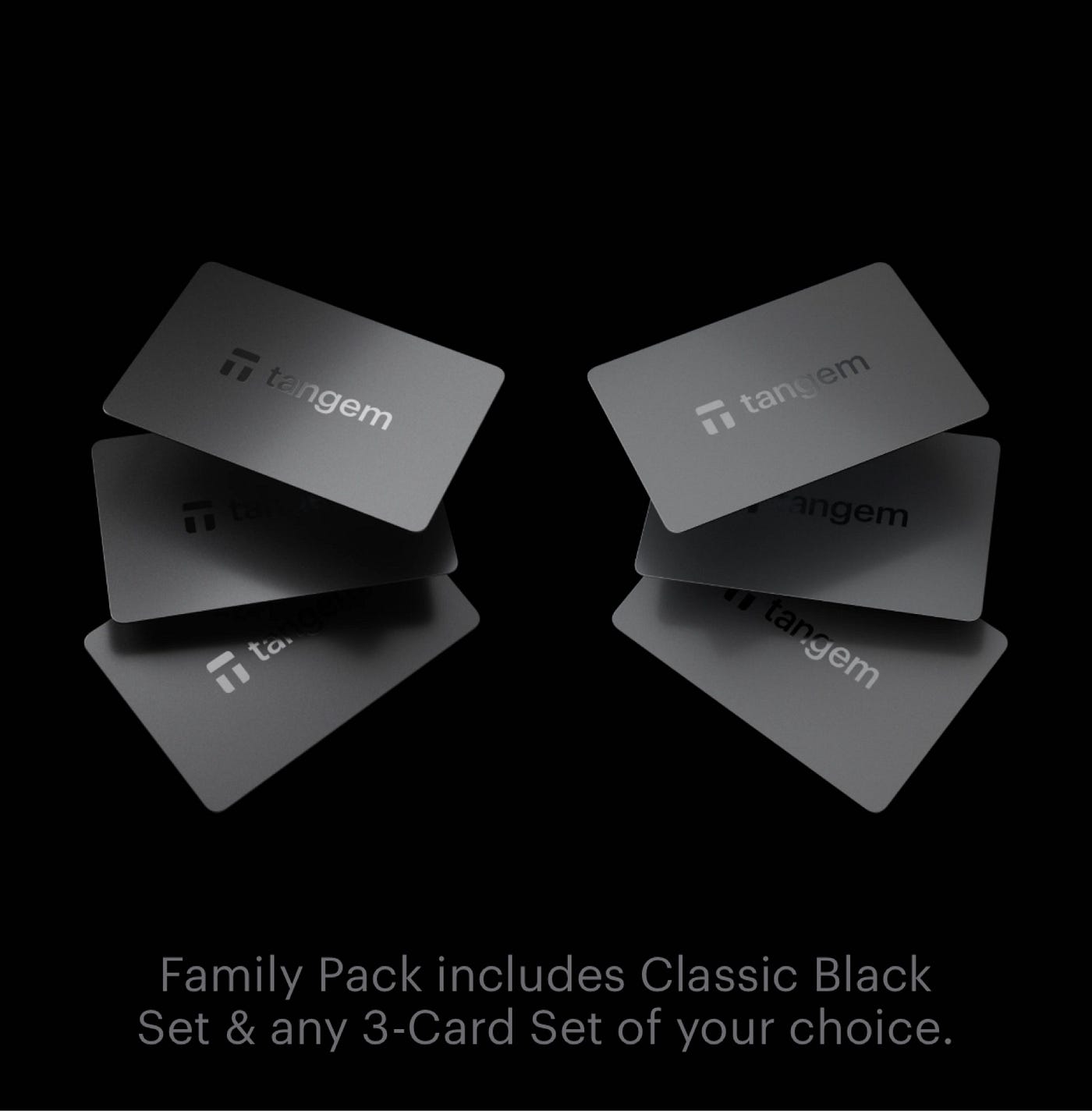The rapid progress of technology has
brought about the convergence of two revolutionary concepts: Blockchain and the
Internet of Things (IoT). Individually, these technologies have the potential
to transform industries and improve various aspects of our daily lives. But
when combined, they create a powerful synergy that can revolutionize the way we
interact with the world around us. In this article, we will explore the
benefits of merging blockchain and IoT, as well as real-world applications and
the challenges that lie ahead.
Blockchain: A Brief Overview
Blockchain technology is a
decentralized, distributed ledger that enables secure
and transparent transactions without the need for intermediaries. It
gained prominence with the advent of cryptocurrencies like Bitcoin, but its
potential extends far beyond digital currencies. Blockchain’s ability to
maintain an immutable and tamper-proof record of transactions makes it an
attractive solution for numerous industries, from finance and healthcare to
supply chain management and energy.
The Internet of Things (IoT) Explained
IoT refers to the growing network of
interconnected devices that communicate with each other and exchange data.
These devices, which can range from everyday household items to industrial
machinery, are embedded with sensors, software, and other technologies that
allow them to collect and transmit data. The IoT has the potential to
revolutionize various industries, improve efficiency, and create new business
opportunities.
The Convergence of Blockchain and IoT
When we combine the secure and transparent
nature of blockchain with the vast data-generating capabilities of the IoT, we
unlock a world of possibilities. Here are some key benefits of integrating
blockchain technology with IoT:
Enhanced Security
IoT devices can be vulnerable to
cyberattacks, potentially compromising sensitive data and causing severe
disruptions. Blockchain’s decentralized nature and cryptographic security
measures can help protect IoT networks against hacks and unauthorized
access.
Improved Data Integrity
As IoT devices generate vast amounts of
data, ensuring data integrity is crucial. Blockchain’s immutable and
tamper-proof ledger can provide a reliable record of data generated by IoT
devices, ensuring its accuracy and consistency.
Increased Transparency and Trust
Blockchain can
bring transparency and trust to IoT ecosystems by providing
a shared and verifiable record of data and transactions. This allows all
participants in the network to access a single source of truth, fostering trust
and collaboration.
Streamlined Processes and Reduced Costs
Blockchain technology can streamline
processes in IoT ecosystems by automating tasks and eliminating intermediaries.
This can lead to reduced costs, increased efficiency, and faster
decision-making.
Real-World Applications of Blockchain
and IoT
Here are some examples of how the
combination of blockchain and IoT is being put to use across different
industries:
Supply Chain Management
Blockchain and IoT can work together to
bring transparency, traceability, and efficiency to supply chains. IoT sensors
can monitor and transmit real-time data on the location, temperature, and other
conditions of goods, while blockchain can provide a tamper-proof record of the
entire supply chain journey. This enables stakeholders to track products from
the source to the end consumer, improving trust and reducing the potential for
fraud and counterfeiting.
Smart Cities
Blockchain and IoT technologies can help
build smarter and more sustainable cities by optimizing energy usage, managing
traffic, and improving waste management. IoT devices can collect data on
various aspects of urban life, while blockchain can facilitate secure
data sharing between different city services and stakeholders. This can
lead to more efficient resource allocation and better
decision-making.
Healthcare
In the healthcare sector, the combination
of blockchain and IoT can help improve patient care and data security. IoT
devices, such as wearables and medical equipment, can collect and transmit
real-time patient data, while blockchain can ensure the integrity and privacy
of this sensitive information. This can enable more accurate diagnoses, personalized
treatments, and better overall patient outcomes.
Agriculture
In agriculture, blockchain and IoT can help
optimize crop production, reduce waste, and improve traceability. IoT sensors
can monitor soil and weather conditions, providing real-time data to help
farmers make informed decisions. Blockchain can then provide a secure and
transparent record of the entire production process, from seed to sale.
Challenges and the Road Ahead
Despite the numerous advantages, there are
challenges to overcome before the full potential of blockchain and IoT
integration can be realized. Some of these challenges include:
- Scalability: As the number of IoT devices continues to grow,
blockchain networks need to be able to handle the increasing volume of
data and transactions. - Interoperability: Ensuring seamless communication between
different IoT devices and blockchain platforms is critical for
the success of this integration. - Energy Consumption: The energy-intensive nature of some
blockchain networks, such as those using Proof of Work consensus
algorithms, can be a concern when combined with the energy demands of the
IoT.
To address these challenges, ongoing
research and development are required to refine and enhance the integration of
blockchain and IoT. As these technologies continue to mature and evolve, we can
expect to see even more innovative applications and transformative
solutions emerge. The convergence of blockchain and IoT holds great promise for
creating a more secure, efficient, and interconnected world.



